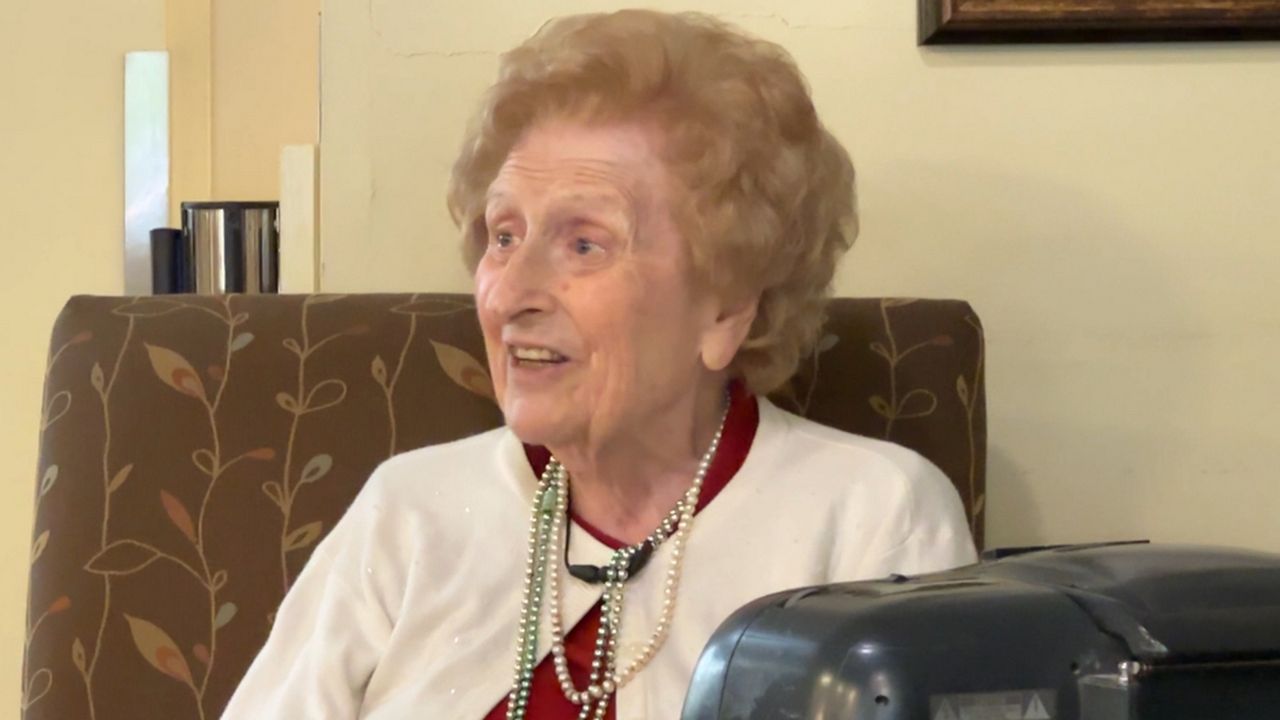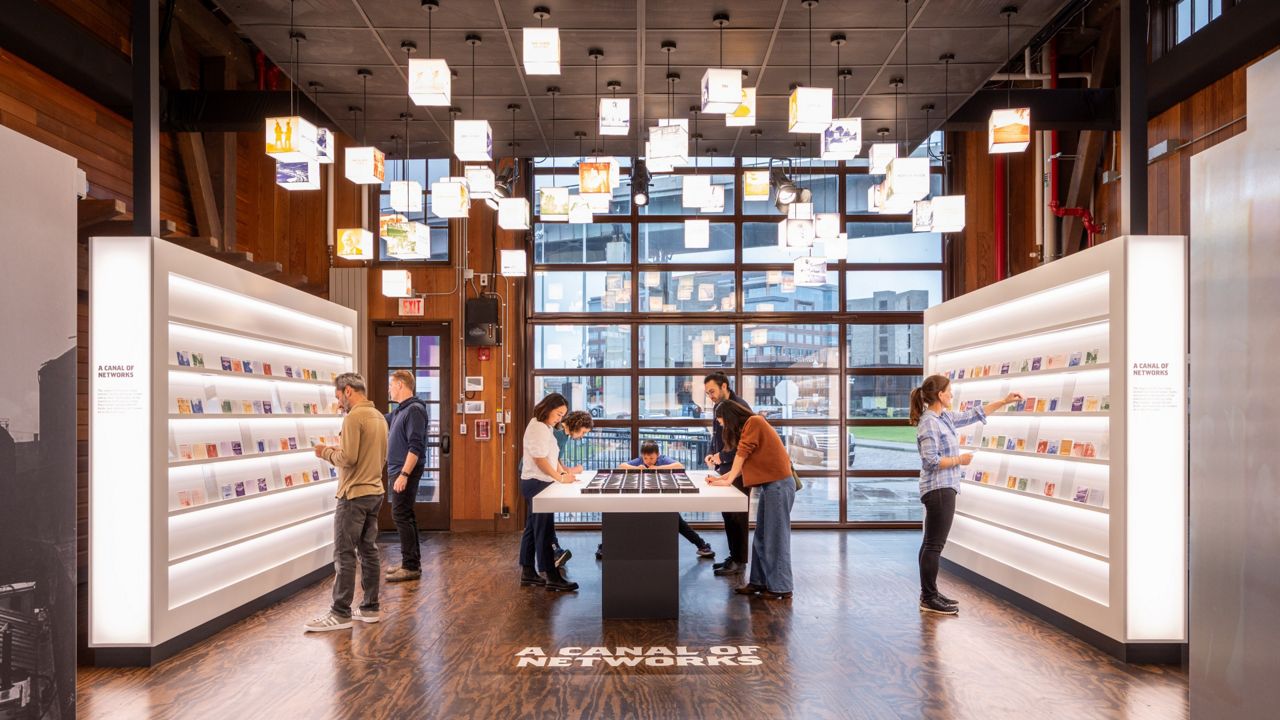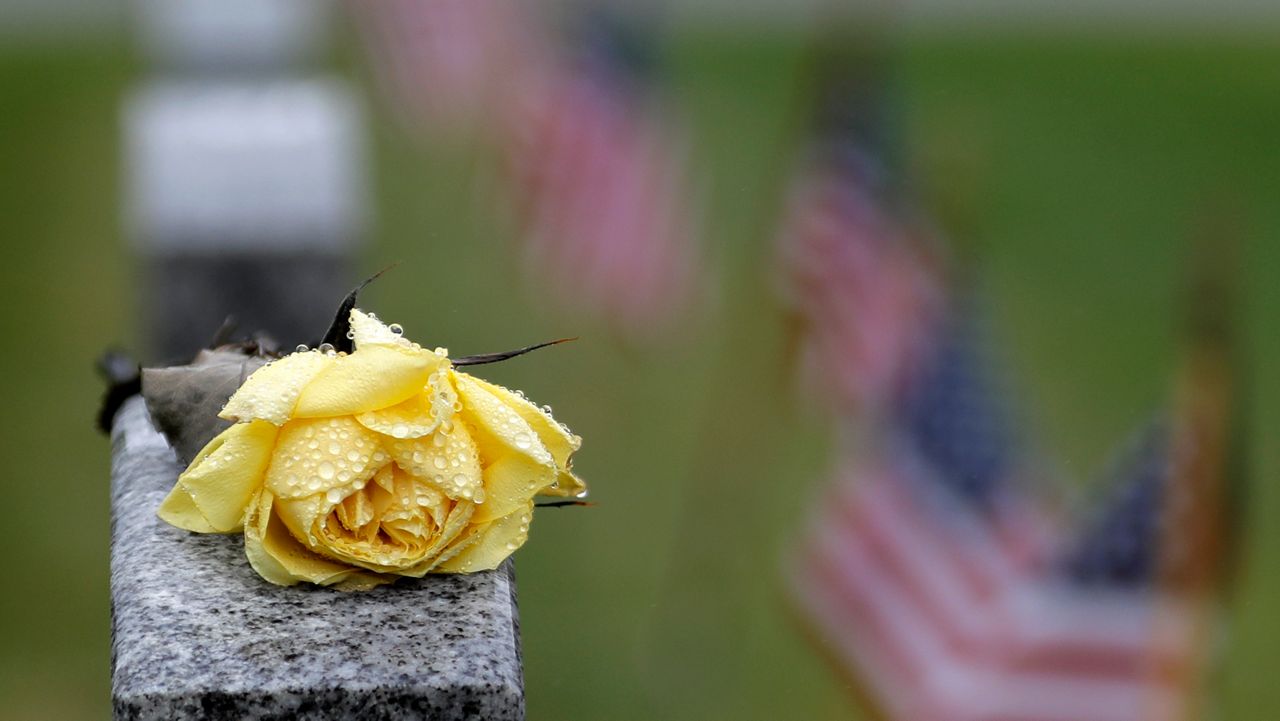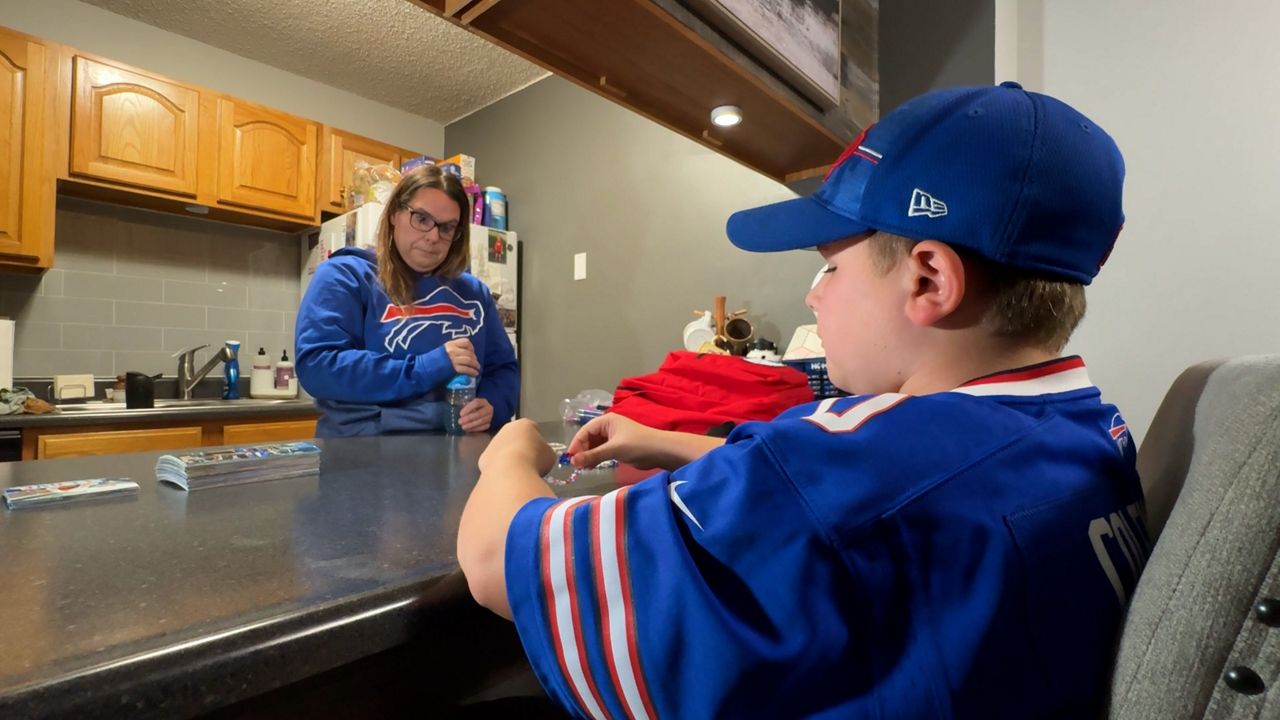BUFFALO, N.Y. — What we know of those who came before us is preserved in records: letters, diaries, mementos and more.
This Women’s History Month, Spectrum News 1 is taking a look into making sure those records aren’t lost to time.
“A lot. We have a lot of documents,” laughed Hope Dunbar, the university archivist for the University at Buffalo.
History is kind of Dunbar’s thing.
Bringing that to life is her whole goal.
“It was a deeper understanding that all of the historical figures were people, that they put pen to paper, that they took photographs, that they interacted with each other,” she said.
Going through the University at Buffalo’s archives, each shelf unlocks a new story.
“If you mean this box, I know everything in this box,” said Dunbar. “If you're talking about this collection, I'm still learning.”
There’s a lot that goes into keeping it all in tip-top shape.
"It's temperature and humidity controlled,” she explained. “We focus on preservation. So keeping material in the best possible condition that it's currently in because the state of the material tells a story about how it made it here.”
That includes history made right in our backyards.
“Helen Rodgers, [...] was one of the first graduates of the law school here at UB," said Dunbar. "She went on to be the first woman to argue in front of the New York State Court of Appeals. She argued in front of [...] the United States Supreme Court in 1919, which was a year before women got the right to vote.”
It's the history of women who made a mark.
“Eva Noles [...] went on to become the first African-American registered nurse in the city of Buffalo in 1940," said Dunbar, going through another display. "She has innumerable impacts on this area, on the profession of nursing, on health care, and on advocating for African-American individuals in the health care community.”
These items show more than just the trails they blazed.
“She says [...] that there are 60 people in my class, two of them are women,” explained Dunbar while looking at a document from Rodgers.
It’s the lives they lived.
“She's sassy and she's sarcastic," Dunbar continued. "She's basically saying, how is it that women do anything at a bare minimum and that it's considered a marvel?”
It's also the hardships they faced.
“The only African-Americans that were there were servers and it wasn't they felt it wasn't appropriate for her to be at that venue," said Dunbar, speaking to Noles' history. "She was actually asked to leave from her own graduation reception.”
The documents had differing ways of getting here.
“The Eva Noles papers were donated by Eva towards the end of her life," Dunbar explained. "Helen's collection was really lucky, so the material was found in the basement of an apartment building.”
What’s important is that they are here.
“The way that I like to phrase it to donors is that when you're ready, your collection is ready to go off to college," she added. "And you can always come and visit it. It'll be here waiting for you.”
She encourages anyone to reach out about donations or to stop in and learn something new.
“All of the women in the collections that we're highlighting today and the ones that we didn't have a chance to are worthy stories, their stories that have merit. They have impacts," Dunbar said. "I think that's an important lesson to share with students and the general community.”
The archives are open to students and the public, with prior appointments. Many of their items are also available to view online.
Anyone who thinks they might have something worth storing in the archive is welcome to reach out.
UB is especially looking for recordings of the Sisters of Sappho, a lesbian radio program produced on campus in the 70s.
"There are particular areas of history that haven't been highlighted in archival collections either because at the time when they were being created, there wasn't an interest or it wasn't deemed as important enough," said Dunbar. "Making sure that we're we're collecting evenly and we're collecting responsibly is really, really important."
Even if it doesn’t fit with the University’s collection, there are archives across New York with differing specialties that they could point you toward.












